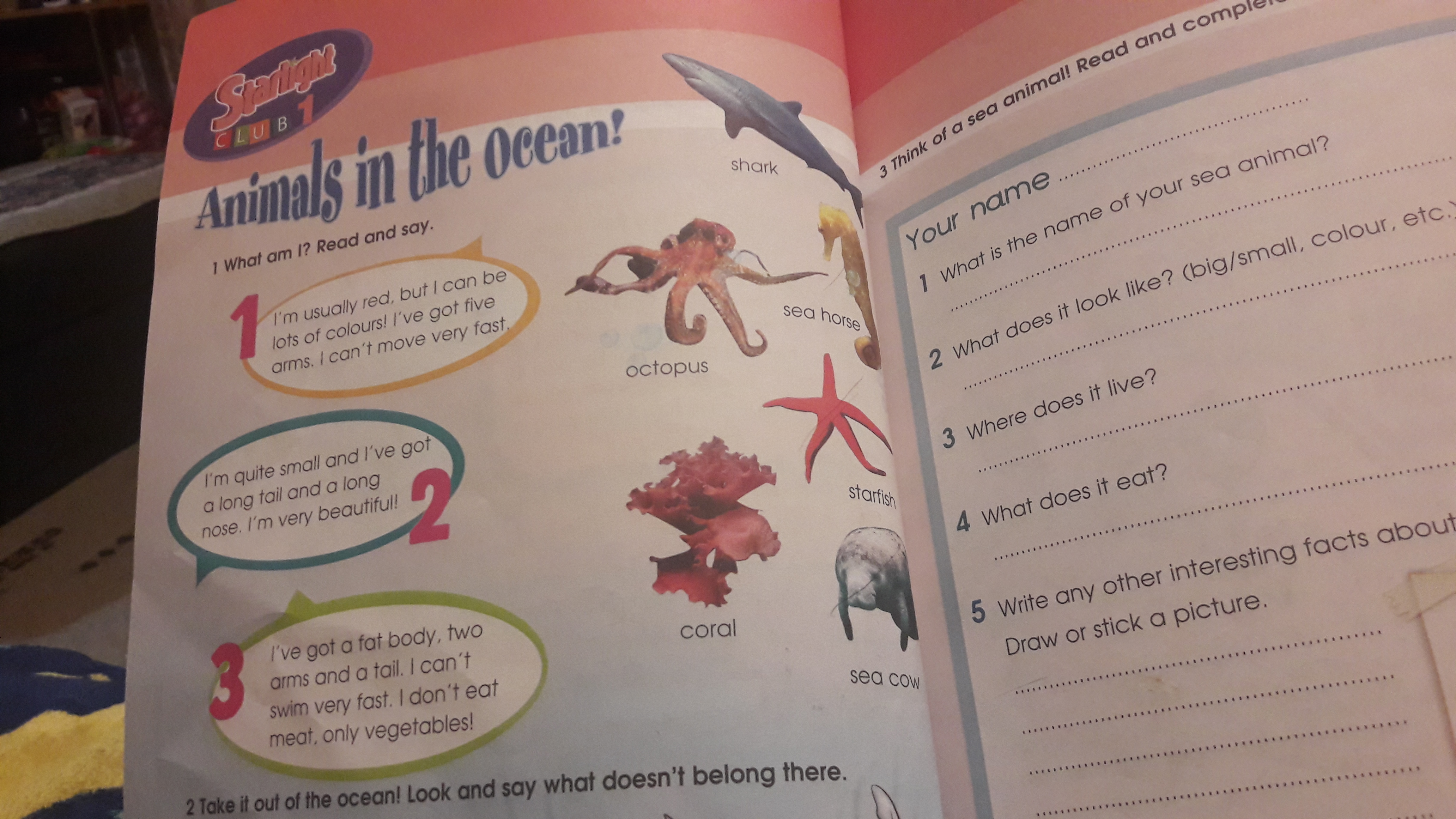Ответы
Octopuses belong to the order of bipetus cephalopods living in the seas and oceans. Cephalopods are because the tentacles are on the head. They are often called sea aristocrats for the blue color of blood. And everything is very simple: they do not have hemoglobin in their blood, but hemocyanin. In it, iron is replaced by copper, because of this, and blue blood.
Octopuses are extraordinary mollusks, everything surprises in them.
Octopus heart Octopuses have 3 hearts: one ordinary - nourishes the entire body, the other two - "gill" of the heart - push blood through the gills.
Octopus brain Have a big brain, consisting of 14 lobes.
Mouth of octopus In the center, where the tentacles meet, there is a small mouth with a very strong beak.
Poison. The octopus strikes its prey with its beak, injects a nerve agent into the body, which can cause swelling and headaches. The poison is secreted by the salivary glands, it is very strong and dangerous even for humans. The strength of the poison does not depend on the size of the octopus. For example, small octopus living among coral reefs of Australia, have poison of the same power as cobra.
The eyes of an octopus. The eyes are as expressive as in humans. At night, the sensitivity of the eyes increases. He sees objects well at far and near distances.
Octopus tentacles. He has 8 tentacles. The brain gives a command to the tentacles to go, and all decisions about the subsequent movements of the tentacles are made by themselves. When an octopus sleeps, it throws two tentacles to the sides, as a result they can feel any fluctuation of water and the octopus wakes up at the right moment. Tentacles are endowed with tactile and taste cells, and before swallowing food, octopuses always check it with tentacles.
Self-tentacles. Moray, sharks, penguins, albatrosses, whales, dolphins - everyone wants to eat octopus. To do this, grab him by the tentacle, the octopus sharp contraction of the muscles, tears off this tentacle. Even when torn off, it continues to move, and the octopus has time to escape during this time. Instead of a detached tentacle, a new one grows from it.
The octopus movement is based on the principle of reactivity. Water is sucked through a hole in the head, into the cavity of the leather bag. Access of water is blocked by special cartilage buttons. The muscles of the cavity contract and push the water out through a circular funnel. After this push, the octopus moves 2.5 meters and again everything repeats. Usually they move slowly, but when they are in danger, they reach speeds of up to 15 km / h.
Protection from enemies. Octopuses from the funnel release a jet of poisonous black liquid. This liquid is first collected in a drop that takes the shape of an octopus shape. The enemy pounces on it, then an ink cloud is formed from a drop. Taking advantage of this, the octopus is hiding. This liquid contains substances that negatively affect the sense of smell, paralyzing it for a while. This ink produces an ink bag. At birth, the mollusk is already full. The cavity of the bag is divided into 2 parts: at the top there are “ready” inks, and at the bottom - grains of pigment. When the “finished” ink ends, the grains dissolve under the action of the gland juices and replenish the upper part of the bag. The ink supply from birth is enough for about 6 times of spraying, and after 30 minutes it will replenish again. And the octopus is ready for battle!
Disguise. He is given the opportunity by nature to change the color of the body under the surrounding colors of objects. To do this, they have skin cells - chromophores, they are filled with pigments of different colors. There are other cells under the chromatophores with different colors. These muscles muscles stretch the size of cells 60 times more than when cells are at rest in order to accept the color of the environment and become invisible. When danger has passed, the muscles contract, compressing the cells accordingly.
Octopus breeding. Females find small caverns in shallow water and lay several thousand eggs there, attaching them with mucus to the walls and ceiling. The female will sit for 12 months, protecting the nest from predators. At this time, no one brings her anything, she does not eat anything and lives due to accumulated fat reserves. When the octopus starts to hatch, it helps them get rid of the eggshell. Then, weakened completely, dies.
The myths associated with octopuses, which can entangle a ship with tentacles and drag them to the seabed, are greatly exaggerated. Thus, the weight of octopuses ranges from 50 grams with a length of 12 cm to 50 kg with a length of 3 meters.
